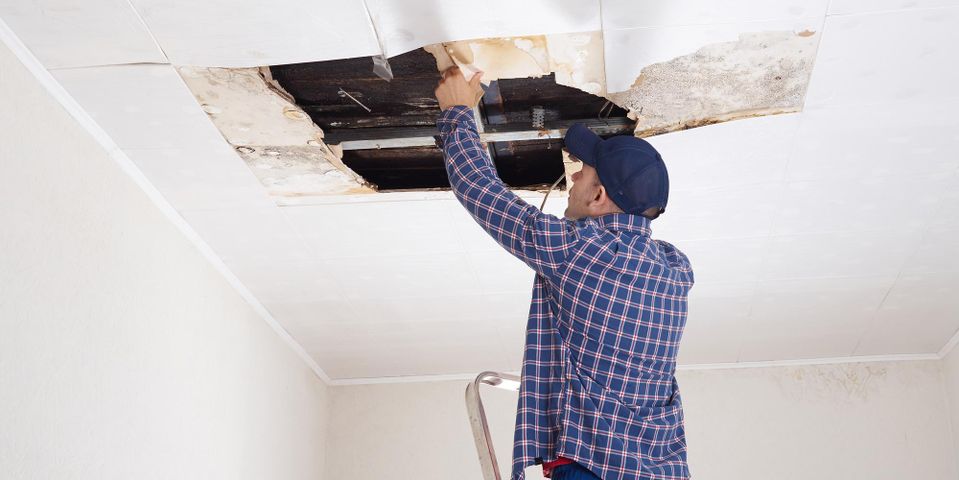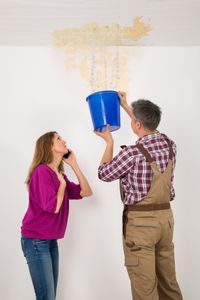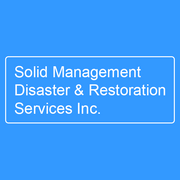5 Steps to Take After Your Home Floods

If you live in an area prone to flooding, you probably are aware that these weather events can lead to various problems, including water damage. However, the way you react in the aftermath of a flood has a direct impact on the success of your home restoration efforts. Below are a few steps to take to return your home to normal after a flood.
What to Do After Your Home is Flooded
1. Take Safety Precautions
Before scheduling home restoration services, go to the fuse box and turn off all electrical sources throughout the house. Electricity and water are a dangerous combination, so cut off the power supply to be safe. You also shouldn’t drink any water from the home until a water extraction has been performed. Flood waters often carry harmful bacteria that can induce illness if ingested. If you must use your home’s water following a flood, boil it first.
2. Document Everything
Take pictures and videos of the flood damage before starting any other tasks. This documentation will help when it comes time to file a claim with your insurance provider. Don’t just take pictures during the immediate aftermath. Continue to document the damage until the home restoration work has begun.
 3. Contact Your Insurance Provider
3. Contact Your Insurance Provider
With the documentation in hand, contact your insurance provider to file a claim as soon as possible. Your coverage will vary depending on the policy, but the faster you contact them, the faster they can process the request. They’ll send out an adjuster to assess the damage to determine if it’s covered by the policy.
4. Water Extraction
Once the claim has been processed, schedule water extraction services. It’s always best to call a professional, as they are trained to spot hidden structural damage, handle contaminated water, and check for mold.
5. Mold Testing
After removing the water, it’s crucial that you test for mold. Mold thrives in damp areas, which makes a flooded house a prime location for spores to grow. If left unchecked, mold can spread throughout the home and cause various health issues, such as a runny nose, coughing, wheezing, and a sore throat. Even if you don’t see any obvious signs of mold, schedule an inspection. Professionals use special equipment that can detect unseen growths.
Whether you’ve experienced flooding from a burst pipe or a natural disaster, make the home restoration process simpler by scheduling professional services from the experts at Solid Management Disaster & Restoration Services in Pagosa Springs, CO. Their team is available to provide disaster clean-up services 24/7, and they offer reliable and prompt water damage restoration so you can get back to your normal life as quickly as possible. Schedule a free estimate by calling (970) 946-4561, or learn more about their offerings online.
About the Business
Have a question? Ask the experts!
Send your question

